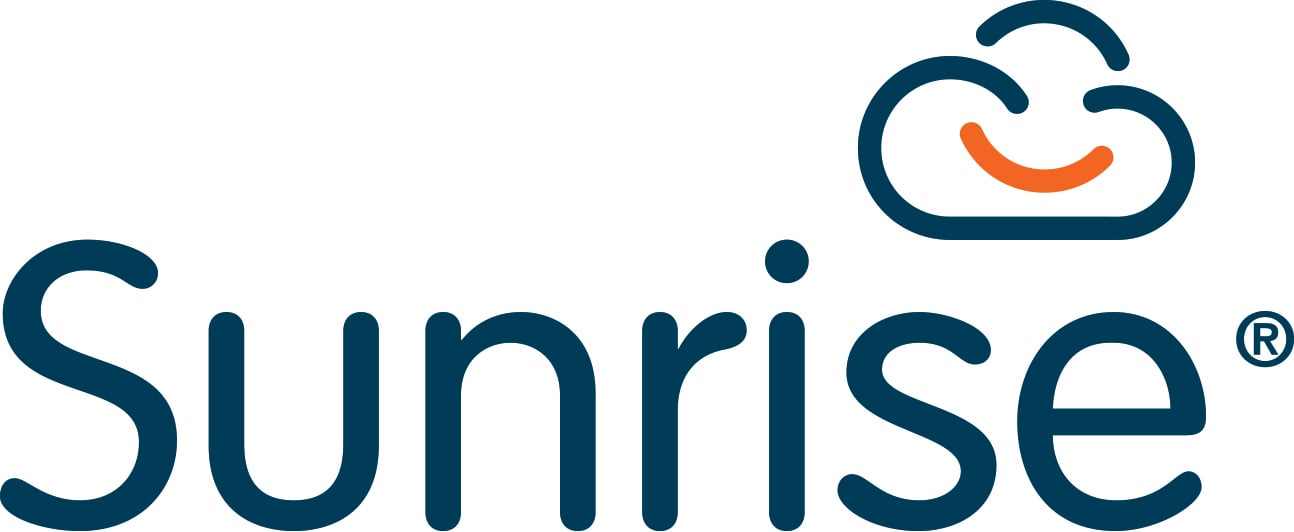Power BI Reporting integration adds vital visibility to COVID driven change with Sunrise ITSM. Community Integrated Care (CIC) is a national social care charity which provides care and support to thousands of people with a diverse range of needs across England and Scotland. With over 5,500 staff of ...
IT Service Management
How to Optimise Resource Planning for IT Projects
7 May 2025
Project management for IT projects can sometimes feel like trying to herd cats; just when you think you have everything under control, something unexpected pops up and throws your entire plan off course. But with the right approach to resource planning, IT teams can make project management a breeze (or at least a bit less chaotic).
However, when resource planning goes wrong, the impact on the business can be significant. Poor project management often leads to missed deadlines, budget overruns, and a frustrated team. If projects are consistently delayed, it can damage the organisation’s reputation, making it harder to secure future funding or stakeholder buy-in. Worse still, overloading teams without proper planning can lead to burnout, affecting productivity and morale. In the long run, a company that struggles to deliver projects efficiently may find itself losing clients, revenue, or even key employees.
In this blog, we’ll explore how to optimise resource planning for IT projects, from ensuring you have the right people for the job to leveraging resource planning software that does the heavy lifting for you.
Why is resource planning important for IT projects?
Effective resource planning ensures IT teams have the right people, tools, and time allocated to each project. Without it, you risk schedule delays, project cost overruns, and a demotivated team running on coffee and wishful thinking. Over time, repeated mismanagement can even harm the organisation’s reputation and long-term sustainability. According to a study by Master of Project Academy, project schedule delays and cost overruns make up more than 50% of the issues that organisations face.
By having a structured resource plan, IT managers can:
- Improve efficiency by allocating the right people to the right tasks.
- Prevent burnout by balancing workloads fairly.
- Keep projects on track by predicting potential resource gaps.
- Enhance collaboration between departments.
Now, let’s dive into how you can get your resource planning up to scratch.
1. Be clear about what your project involves
Before you even think about planning resources, you need a clear understanding of the project scope. Without a well-defined scope, resource planning is like trying to assemble flat-pack furniture without the instructions; confusing, frustrating, and probably missing a few crucial pieces.
Ask yourself:
- What are the key deliverables?
- What skills and tools are needed?
- What’s the timeline for each phase?
Having these answers upfront will prevent nasty surprises later on.
2. Identify the right people for the job
IT projects rely on skilled individuals, but just because someone is available doesn’t mean they’re the right fit. You wouldn’t ask your database admin to manage front-end development (unless you enjoy chaos).
Consider the following:
- Skill matching – Ensure each task is assigned to someone with the right expertise.
- Workload balancing – Avoid overloading key team members while others twiddle their thumbs.
- Team availability – Factor in holidays, training days, and existing commitments.
Using resource planning software can help match the right people to the right tasks, ensuring a smooth workflow.
3. Use resource planning software
Trying to manage IT resource allocation with spreadsheets is like bringing a spoon to a sword fight; technically possible, but painfully inefficient. Resource planning software streamlines the process by providing visibility into team availability, workloads, and project timelines.
Benefits of resource planning software:
- Real-time visibility into who is working on what.
- Automated alerts for overbooked resources.
- Integrated reporting for better decision-making.
Sunrise Software’s IT Service Management solution offers tools to simplify resource planning, helping IT teams stay on top of their projects.
4. Plan for the unexpected
In IT, things rarely go exactly as planned; servers crash, urgent security patches pop up, and someone always seems to “accidentally” delete important files. That’s why your resource plan should include some buffer time and contingency planning.
How to build flexibility into your resource plan:
- Allocate extra time for unforeseen issues.
- Keep a backup team or freelancers on standby.
- Regularly review and adjust your resource plan.
5. Track and optimise your resource plan
A resource plan isn’t something you create once and forget about. Rather, it needs continuous monitoring and adjustments. Track progress, analyse performance, and tweak allocations as needed to keep everything running smoothly.
Ways to optimise planning resource strategies:
- Schedule regular check-ins to review project status.
- Use data from previous projects to predict future needs.
- Gather feedback from your team to improve resource allocation.
6. Leverage automation for repetitive tasks
Freeing up your team’s time for high-value work is a game-changer. Automating repetitive tasks - such as password resets, software updates, and routine system checks - can significantly reduce the burden on IT teams.
Automation tools can help with:
- Ticket categorisation and assignment.
- Scheduled system maintenance.
- Chatbots for common IT service requests.
This allows you to plan resources more effectively by ensuring your team focuses on strategic initiatives rather than getting bogged down in routine tasks.
7. Communicate clearly with stakeholders
IT projects don’t operate in a vacuum; stakeholders need to be kept in the loop. Whether it’s senior management, department heads, or end-users, clear communication ensures expectations are managed and resources are used efficiently.
Best practices for stakeholder communication:
- Set up regular progress reports.
- Be transparent about resource constraints.
- Use visual dashboards to provide at-a-glance updates.
8. Learn from past projects
If you don’t learn from past mistakes, you’re doomed to repeat them. Conducting post-mortem reviews on completed projects helps identify areas for improvement in future resource planning.
What to review:
- Were there resource bottlenecks?
- Did any tasks take longer than expected?
- What worked well, and what didn’t?
By refining your approach, you can continuously improve your IT resource allocation strategy.
Optimising resource planning for IT projects isn’t just about making sure everyone has something to do; it’s about ensuring the right people are working on the right tasks at the right time. Poor planning can lead to project cost overruns, missed deadlines, and a disengaged team, all of which can have long-term consequences for your organisation.
But the good news? With the right tools and a proactive approach, you can sidestep these challenges and keep your IT projects on track. Leveraging resource planning software, automating repetitive tasks, and refining your strategy help ensure projects run smoothly, on time, and within budget. Plus, according to Market.us Scoop, with team communication improving by 52% when project management software is used, addressing communication gaps can significantly reduce the risk of project failure.
Sunrise Software’s IT Service Management solution is designed for IT teams, offering a powerful combination of automation, real-time tracking, and seamless integration. Whether you're managing complex service desk operations or large-scale IT projects, Sunrise helps you stay on track and deliver success every time.
Need a resource planning tool that simplifies everything? Check out Sunrise ITSM and book a demo today!
Related Posts
Blog
A service desk tool is an IT management software application which helps the IT team to better manage resources and make proactive provisions while also responding to users’ requests for help. A Service Desk Tool for Ticketing plus process management Advancing on the more basic IT ticketing and help...
.png)




